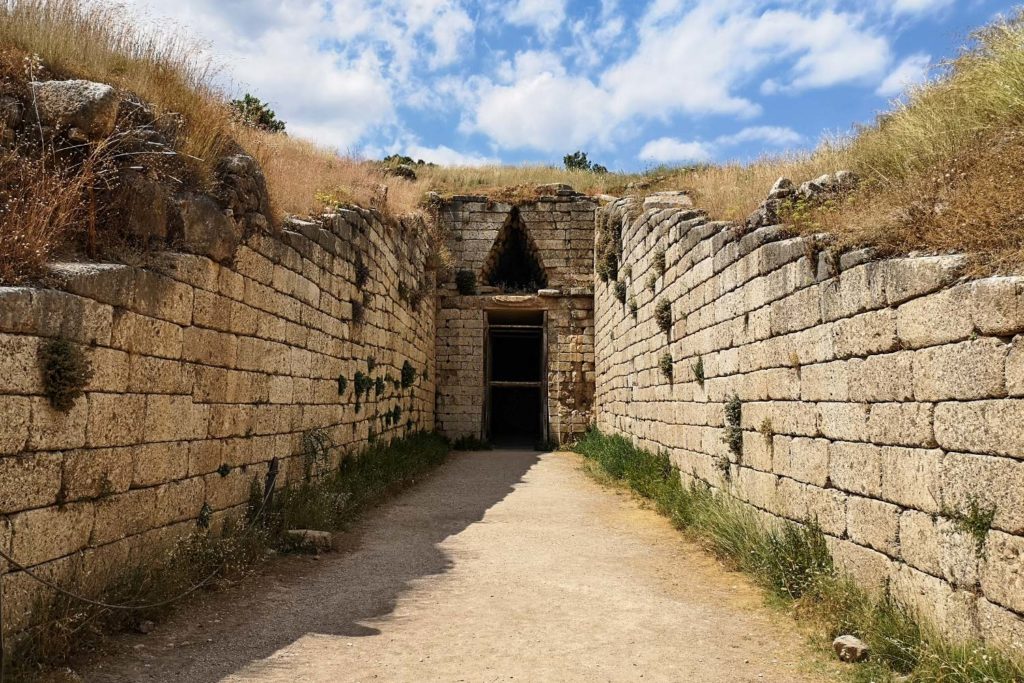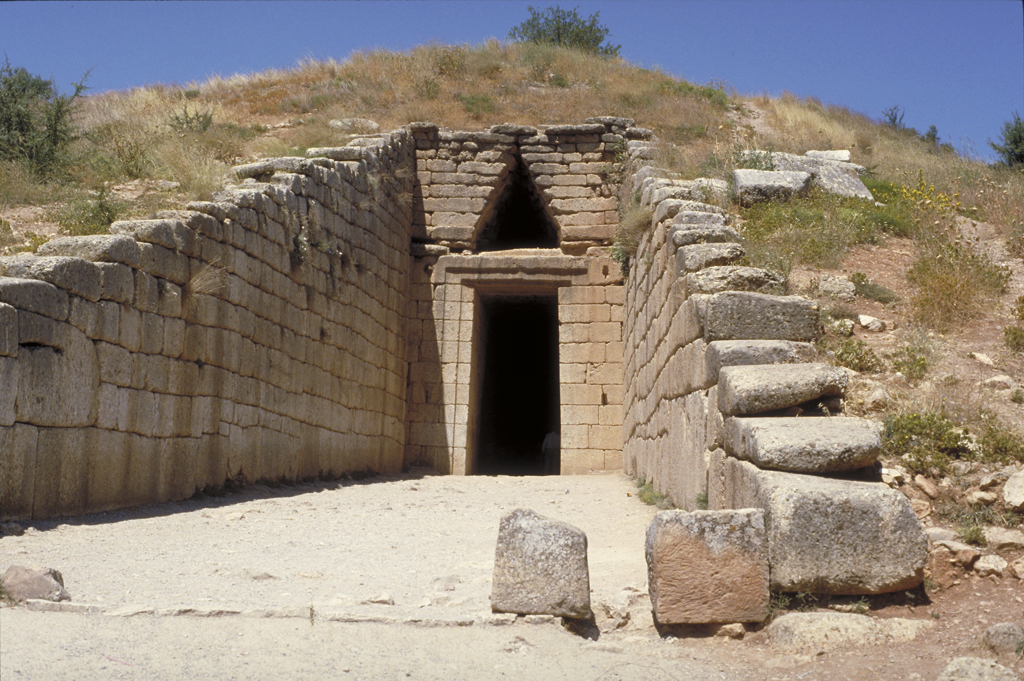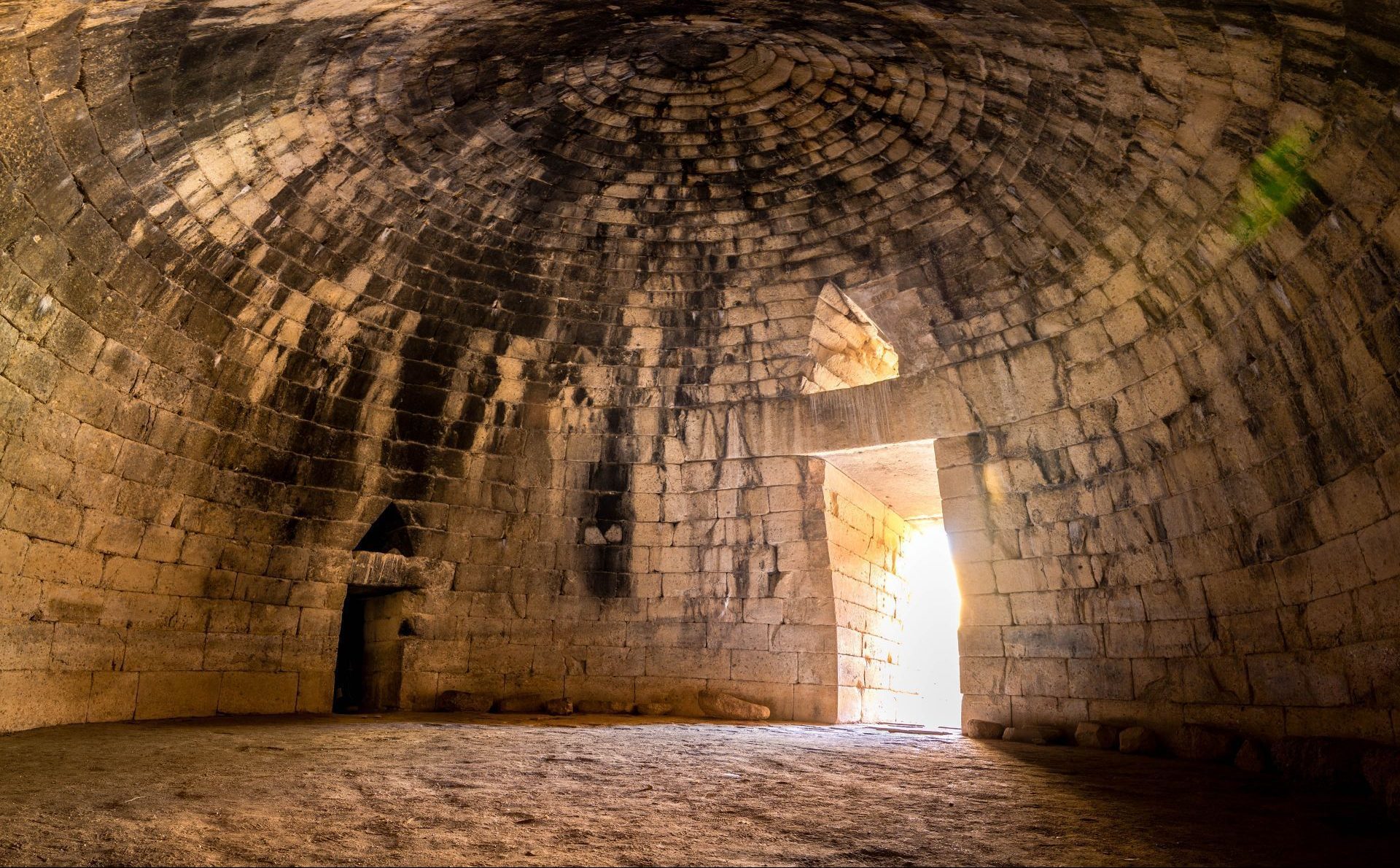The Lion Gate At Mycenae
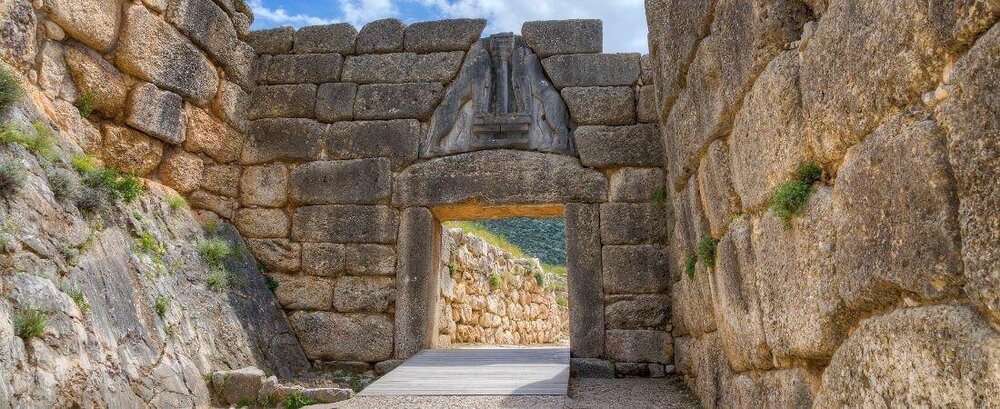
Mycenae was a polis of Ancient Greece and is currently an archaeological site, located in Argolis about 12km from the sea and 9 from the city of Argos.
Together with Tiryns, it forms the complex called “archaeological sites of Mycenae and Tiryns”, included in the UNESCO World Heritage List.
The site is built upon a hill rising 900 feet (274 metres) above sea level.
In the second millennium BC, Mycenae was one of the major centers of Greek civilization, in fact, the period of Greek history from about 1600 BC to about 1100 BC is called Mycenaean in reference to Mycenae.
At its peak, it had a population of 30,000 and an area of 32 hectares.
The origin of the name Mycenae is not Greek.
It is fairly simple to hypothesize that this settlement was founded by pre-Indo-European populations since the site was already occupied in the Neolithic period.
According to Greek mythology, it was Perseus who founded the city.
Greek mythology is very rich in legends about the city of Mycenae (such as those related to the Atrides), symptomatic of the importance that this city had on the Greece of the Bronze Age (in the myth “the golden age” or “the age of heroes”), even if these myths are partly contradictory and not very useful for clarifying the true history of the city.
The site features massive cyclopean walls and megalithic architecture, as well as the famous Lion Gate.
Some of the walls remind the South American and Egyptian ones, as well as being incredibly similar to the ones that can be seen throughout the Mediterranean Area.
The description of the gate, whose meaning remains subject of many debates, made by the ancient historian Pausanias, was used by Francesco Grimani to identify the site as the city of Mycenae in 1700 CE.
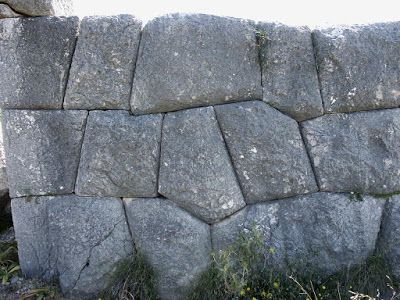
Within the walls of the city, much of which can still be seen, successive monumental palaces were built.
Earlier palaces must have existed, but they had been cleared away or built over like has usually happened with many other megalithic sites.
Among the most notable structures are the Tomb of Clytemnestra and the Treasury of Atreus, two tholoi of monumental size built just outside the citadel walls.
